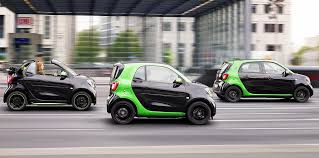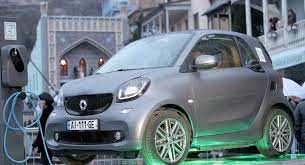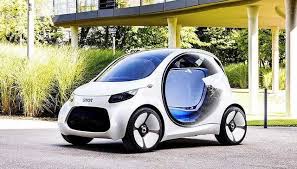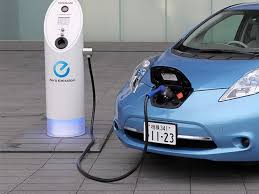electric vehicles
Tesla Model S and X were created a long time ago, but they continue to be the standard of electric vehicles
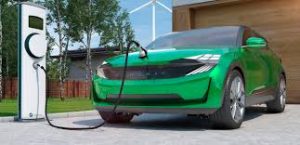 “There will be no updates to Model X or Model S, only a number of minor current changes” — this short statement by Elon Musk caused a storm of gloomy emotions among Internet users.
“There will be no updates to Model X or Model S, only a number of minor current changes” — this short statement by Elon Musk caused a storm of gloomy emotions among Internet users.
“It’s like planes,” said Rebecca Lindland (Rebecca Lindland) from rebeccadrives.com, Model S and Model X were created a long time ago, but they continue to be the standard of electric vehicles. Lindland believes that the car is a commodity, not a subject of self-expression, so over time customers will notice increasingly long gaps between model upgrades, especially when it comes to self-driving car parks owned by corporations rather than individuals, so it is likely that cars will no longer be fashion. Continue reading
The reality of Chinese electric cars may surprise you
 China is the world’s largest market for electric vehicles. As the Chinese government continues to insist on expanding electric mobility, its impact on the global vehicle market cannot be overstated.
China is the world’s largest market for electric vehicles. As the Chinese government continues to insist on expanding electric mobility, its impact on the global vehicle market cannot be overstated.
Feng An, Executive Director of the energy and transport Innovation center based in Los Angeles and Beijing, noted that today’s Chinese electric vehicle market consists largely of minibuses. Last year, China sold about 1.25 million electrified cars. The state significantly limits sales of cars with an internal combustion engine in China, but Chinese buyers can easily purchase electric vehicles. Continue reading
Used batteries from electric vehicles can disrupt the energy sector and create value for energy storage
 The battery does not expire after it has already exhausted its initial use in an electric vehicle. Batteries have great potential for reuse in stationary energy storage systems. In addition, by reducing the cost of energy storage, they can help to integrate more renewable energy sources into the network.
The battery does not expire after it has already exhausted its initial use in an electric vehicle. Batteries have great potential for reuse in stationary energy storage systems. In addition, by reducing the cost of energy storage, they can help to integrate more renewable energy sources into the network.
Lithium-ion batteries used in electric vehicles, which are usually designed for a decade (8 years or mileage up to 160,000 km). But even after 10 years of operation in electric vehicles, batteries can be reused in markets that require stationary energy storage with 100-300 cycles per year. Alternative re-use is mass utilization, which is possible in most of the regions in accordance with the rules of occupational health and safety, or disposal, which may make sense for battery manufacturers who want to get valuable metals, such as cobalt and Nickel, and which can achieve competitive costs for processing. Continue reading
